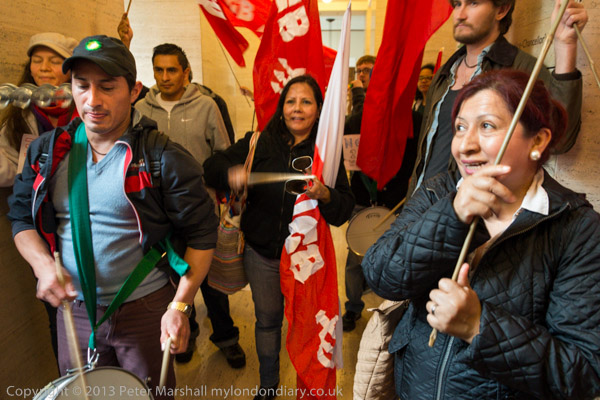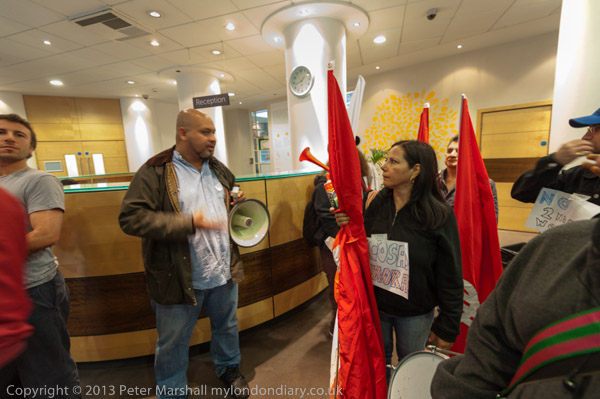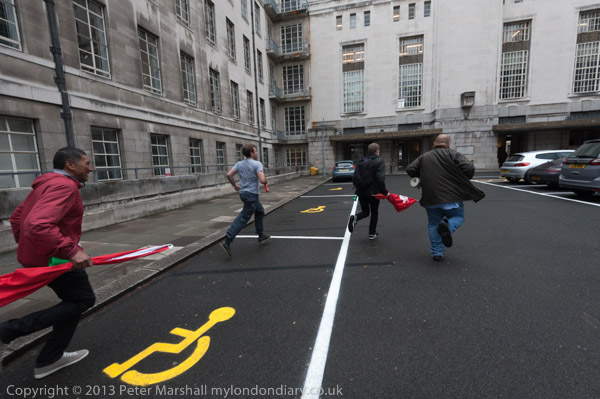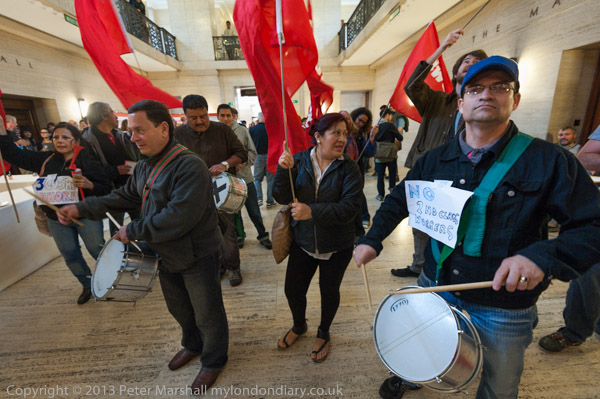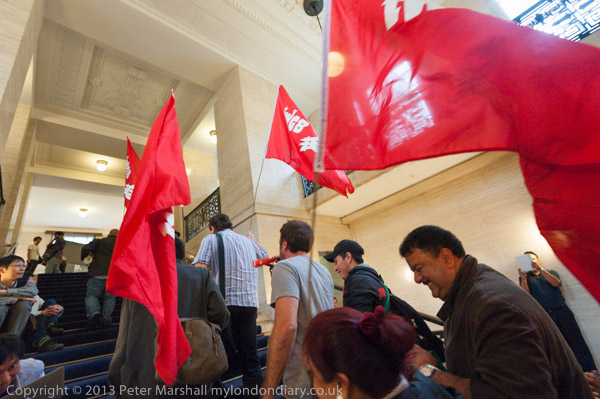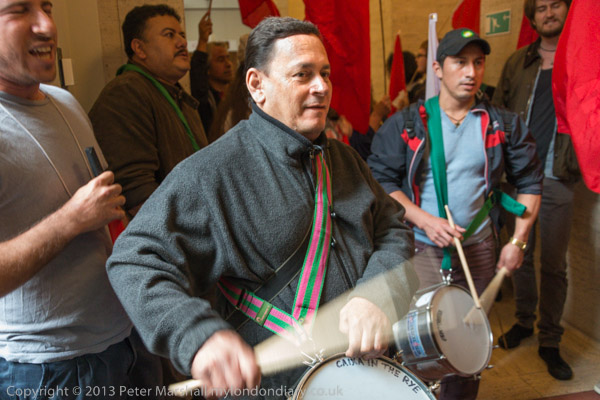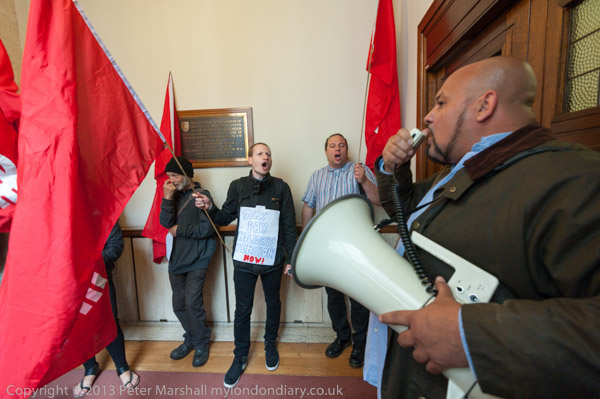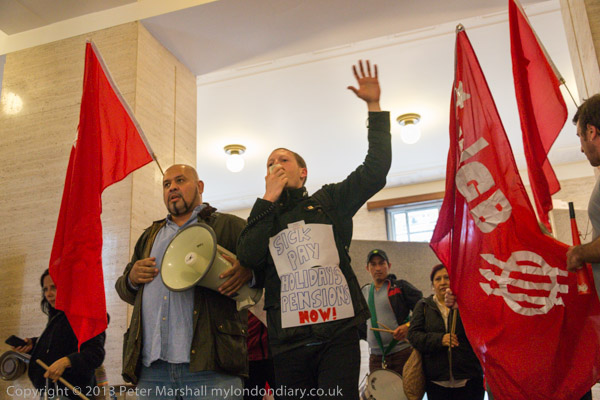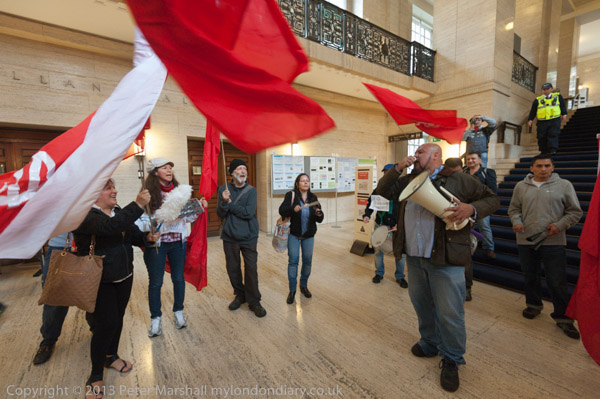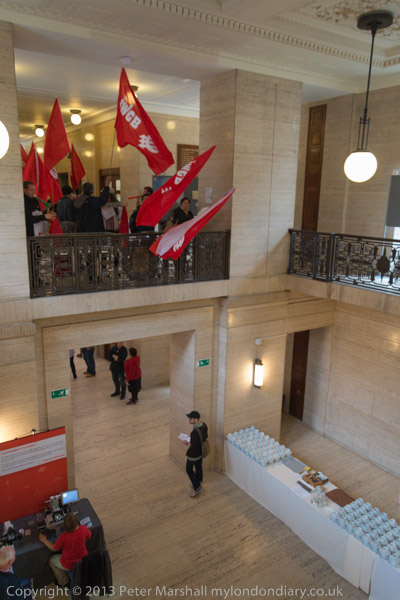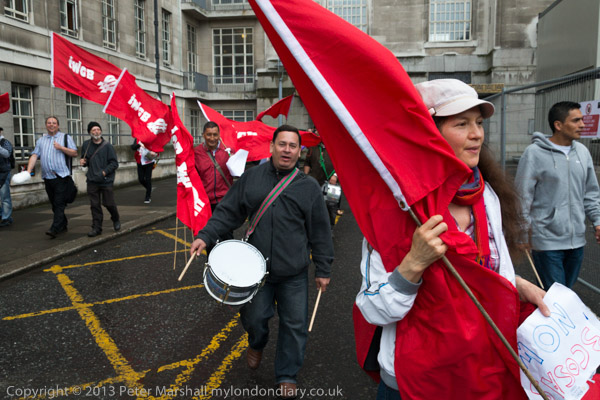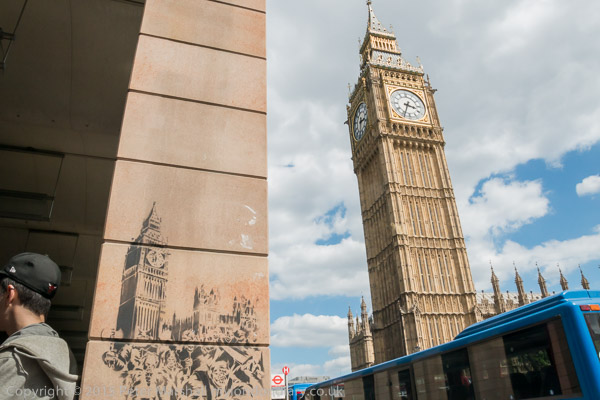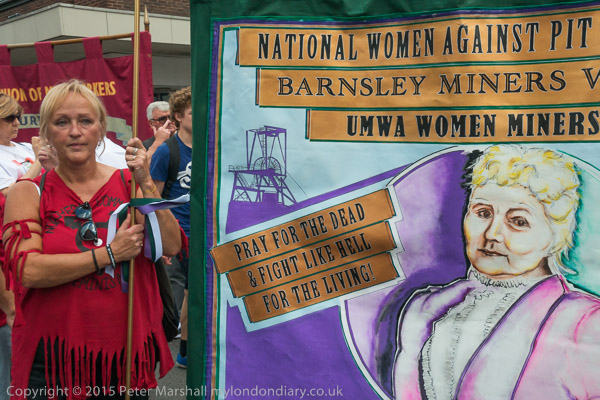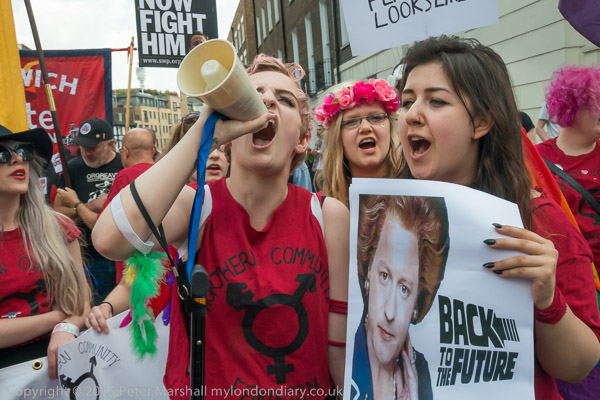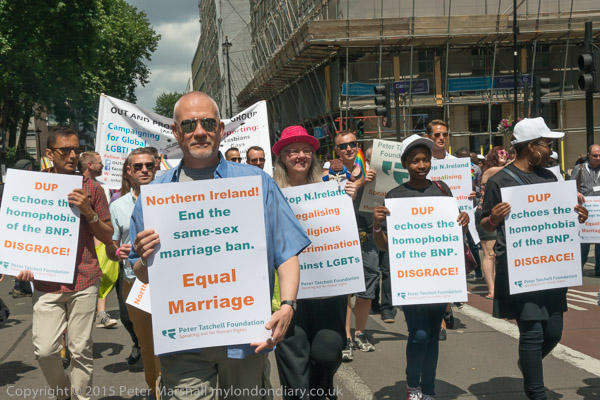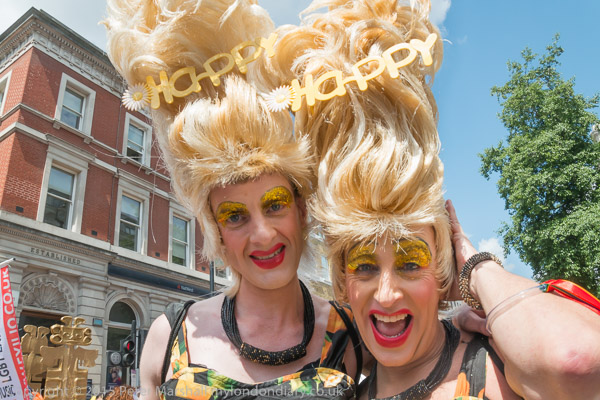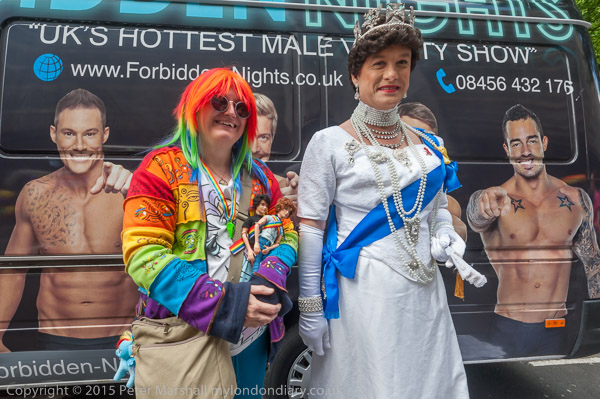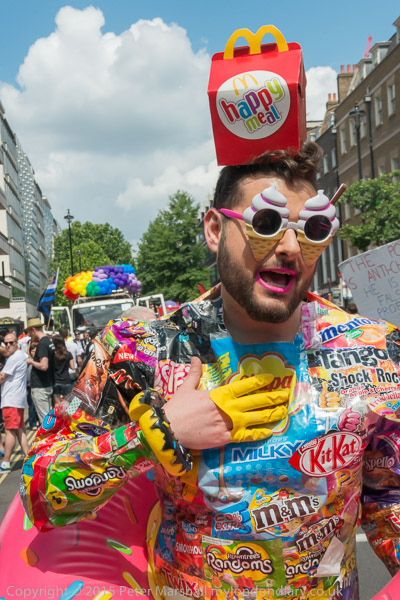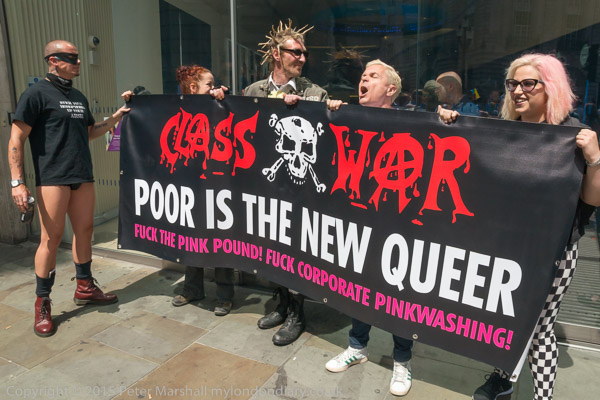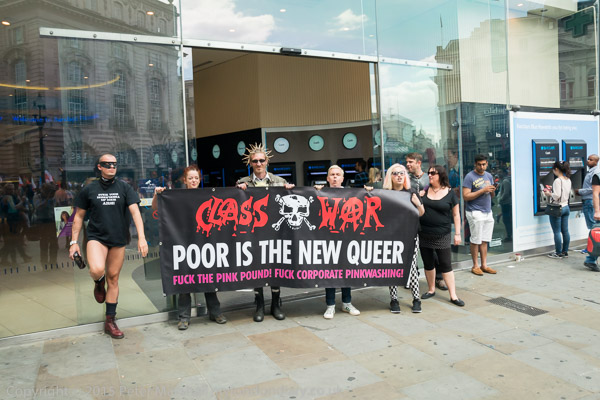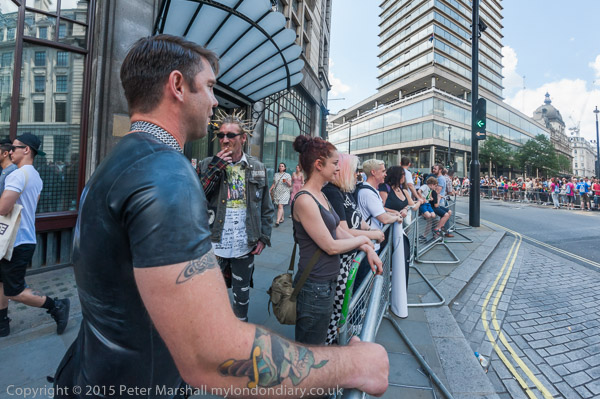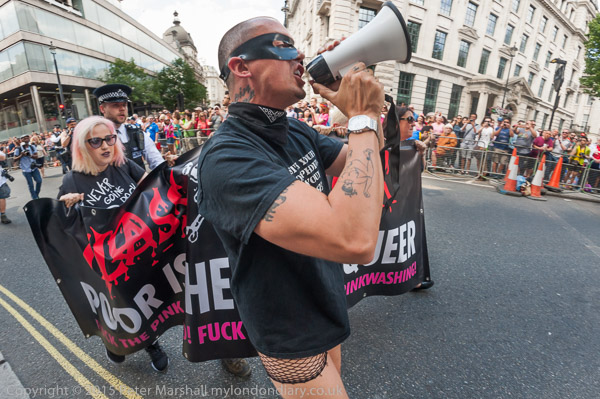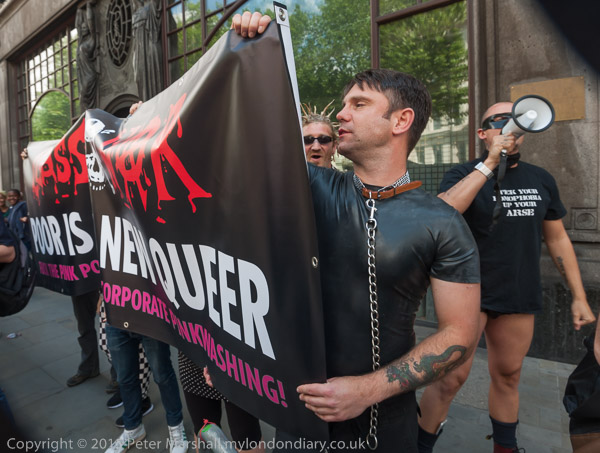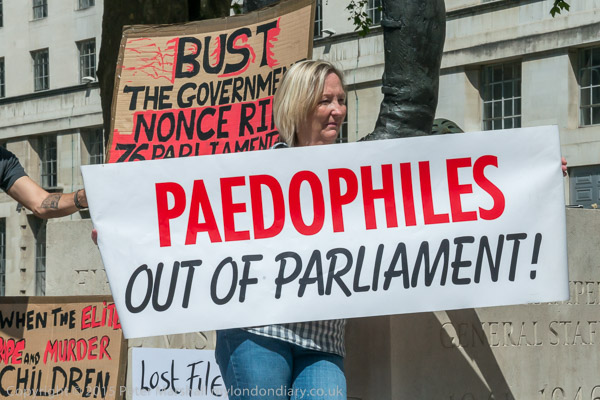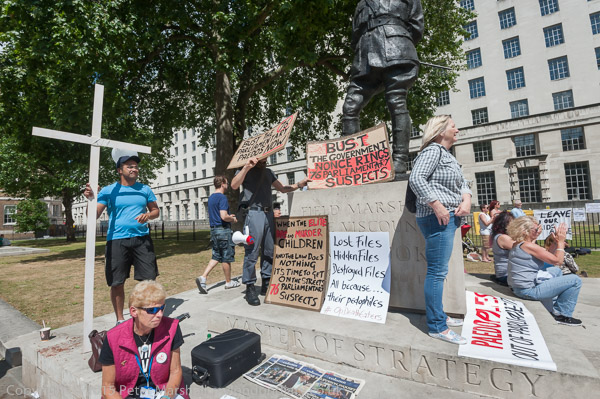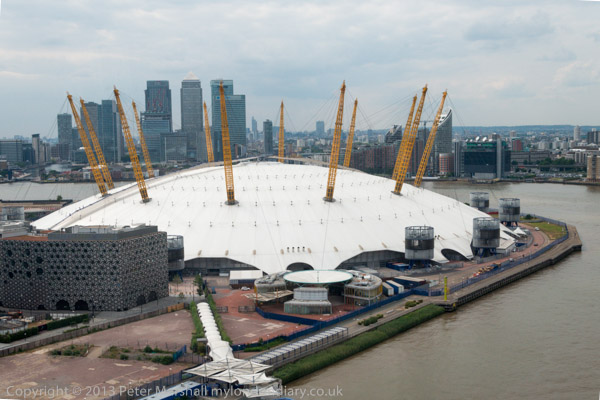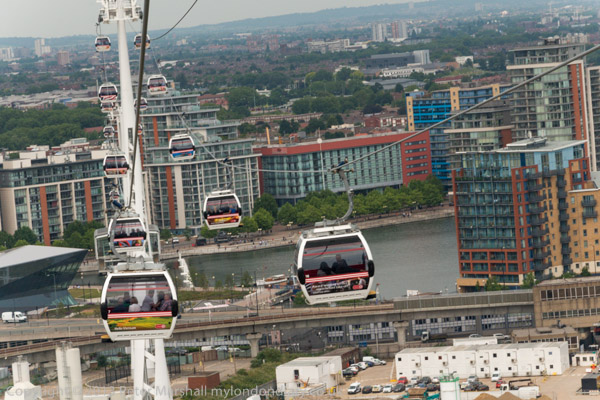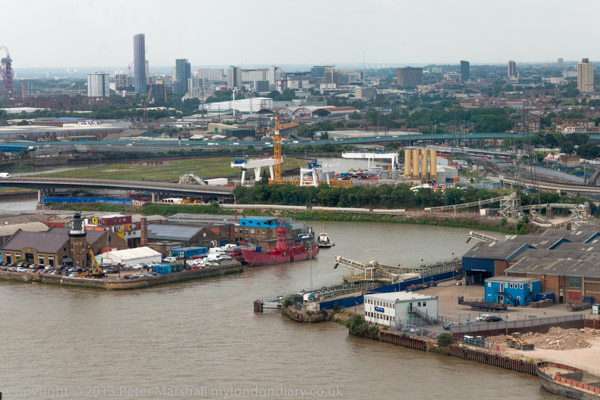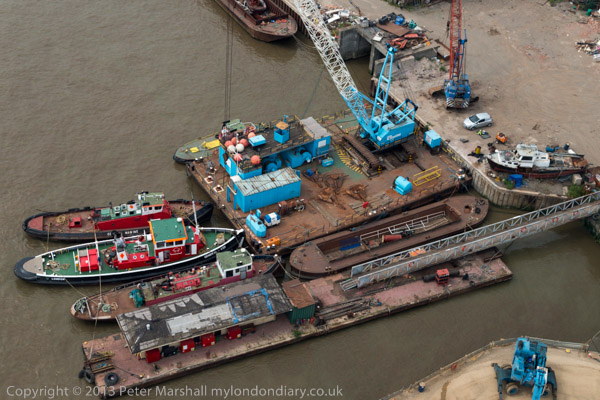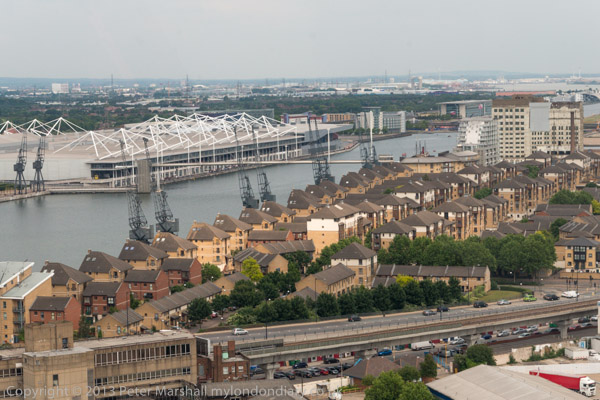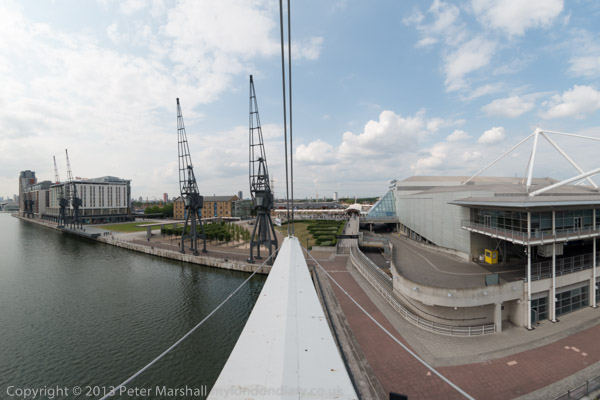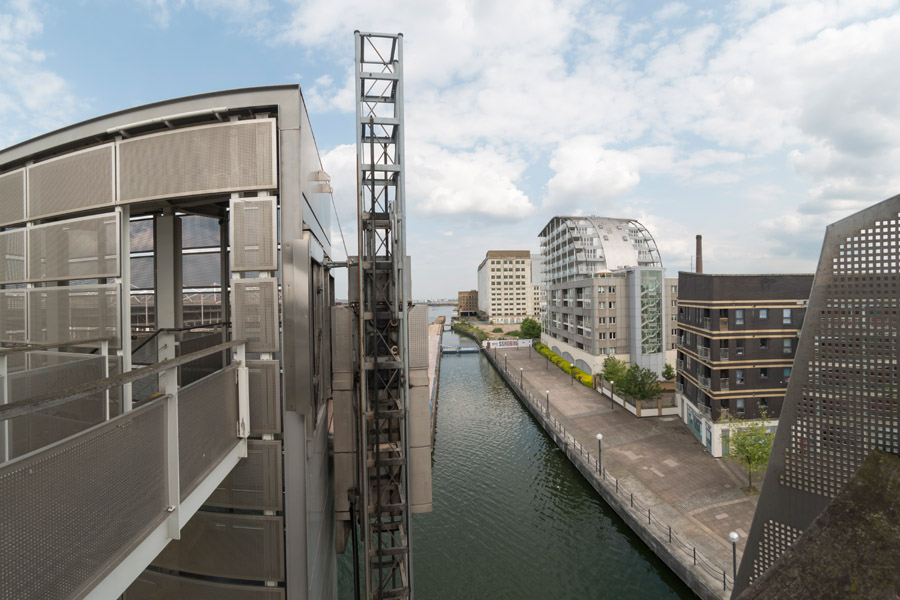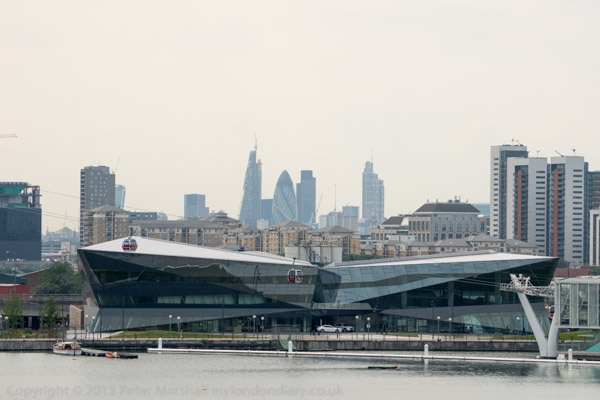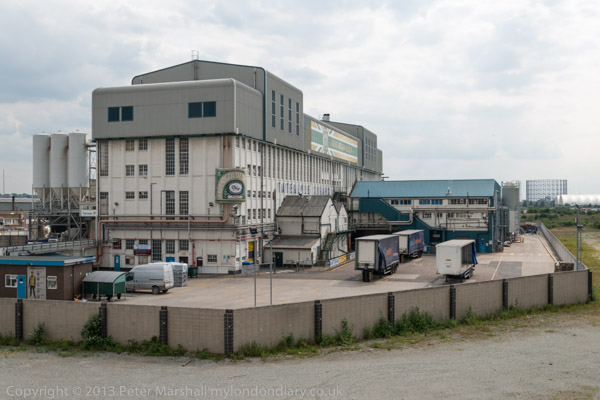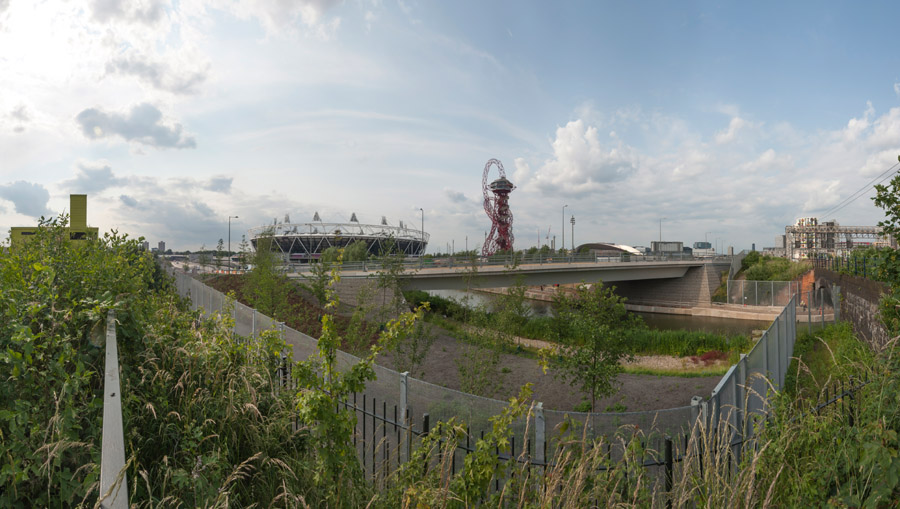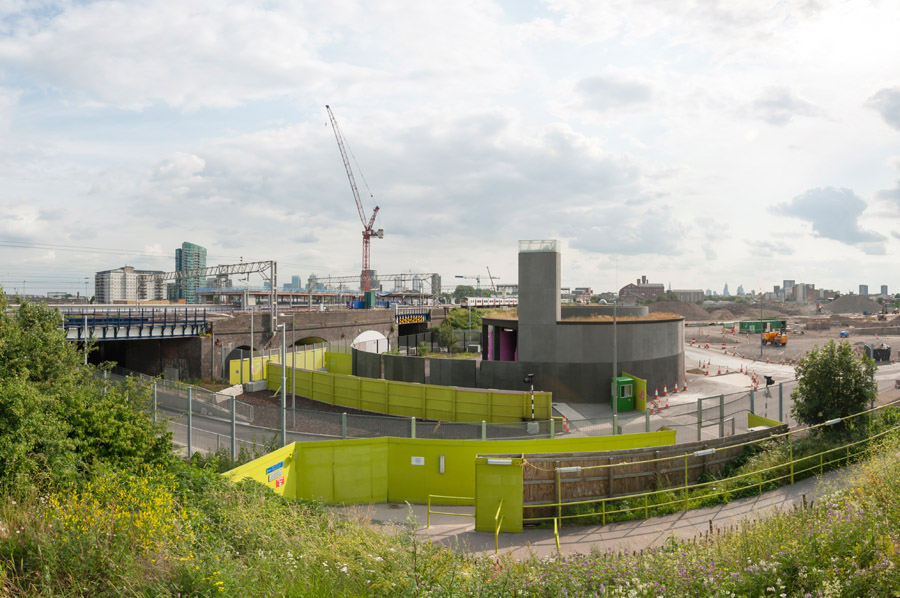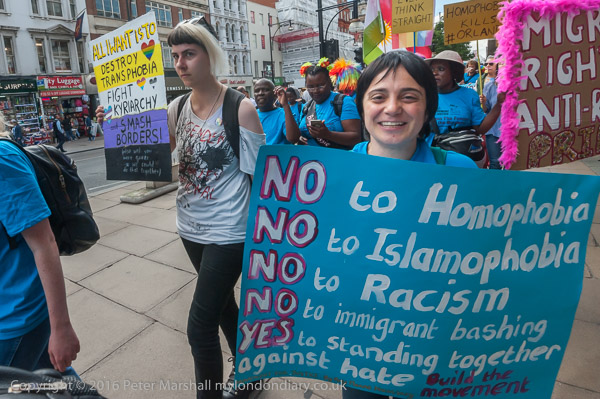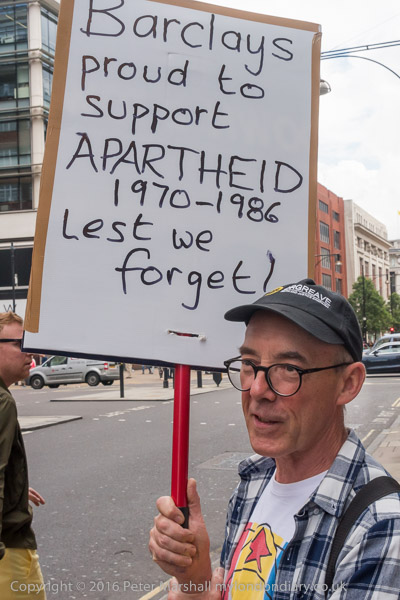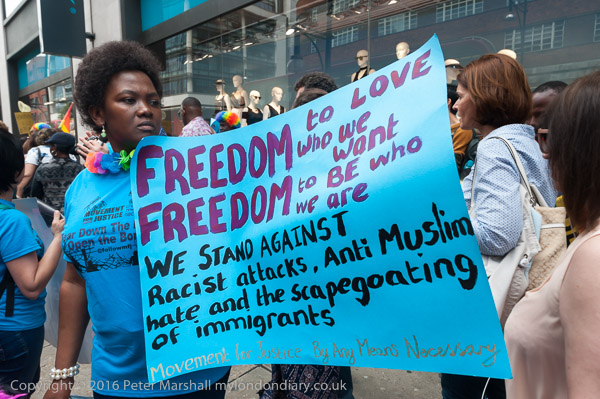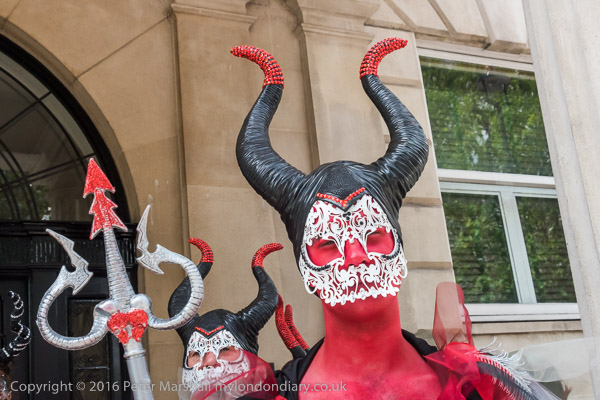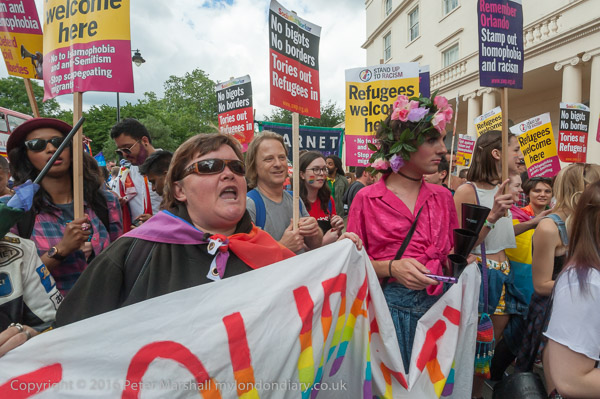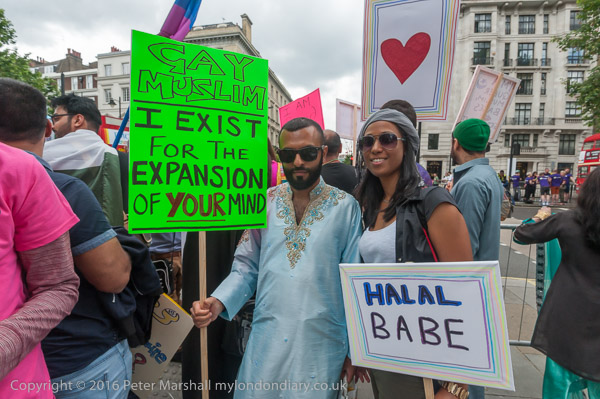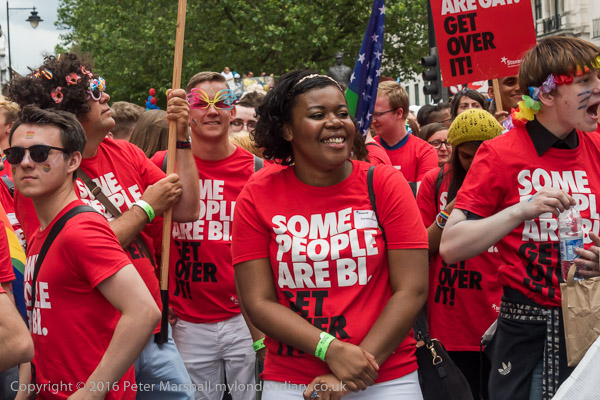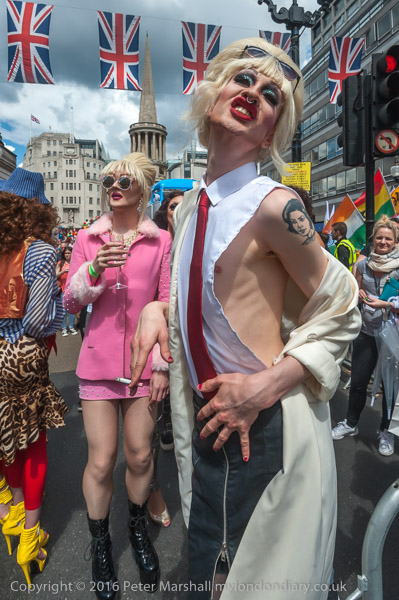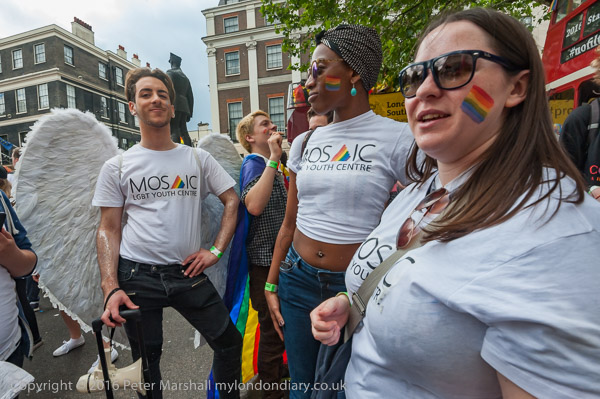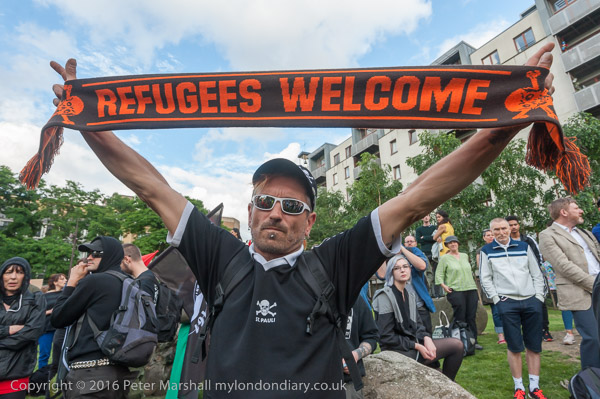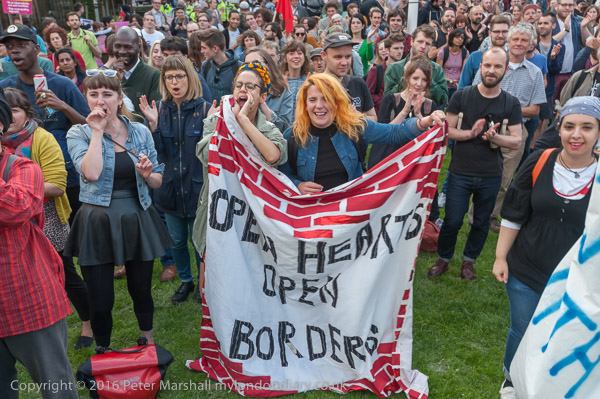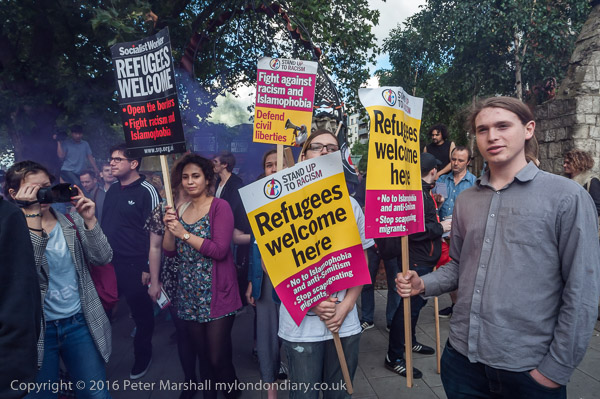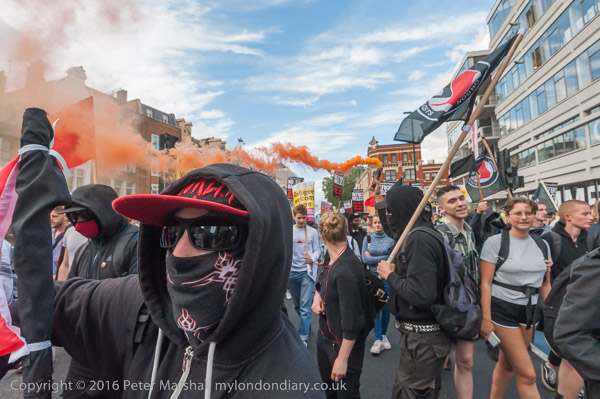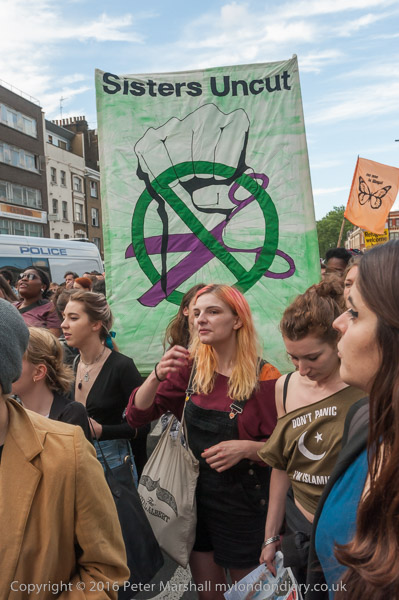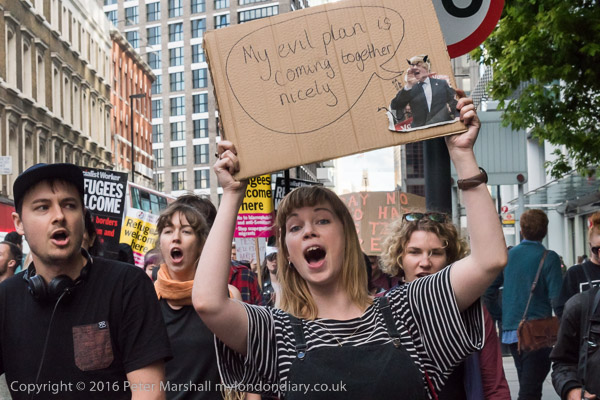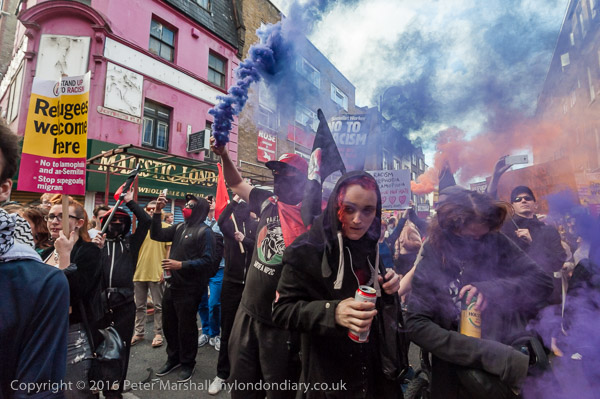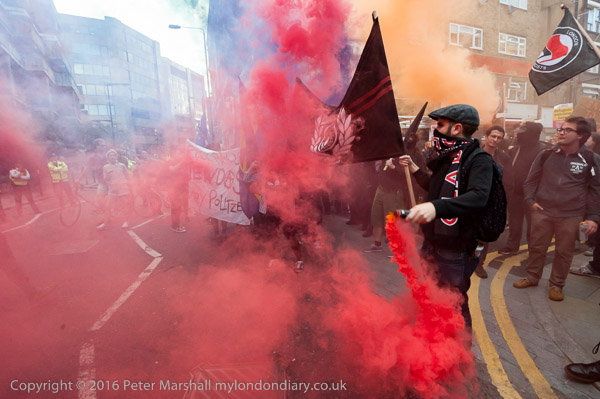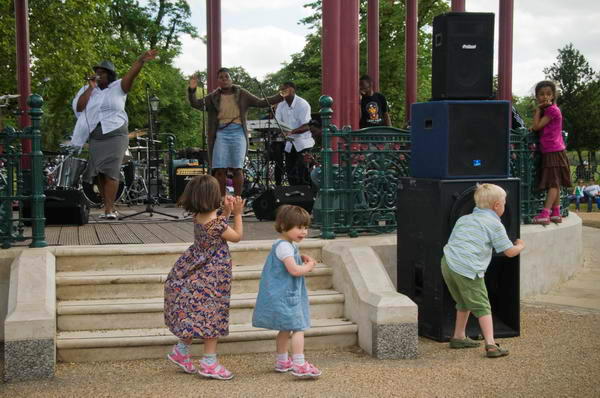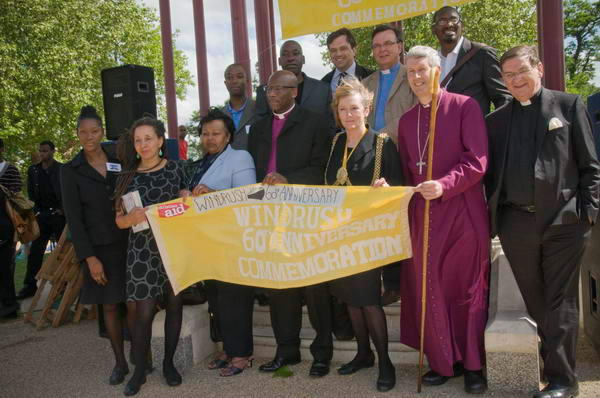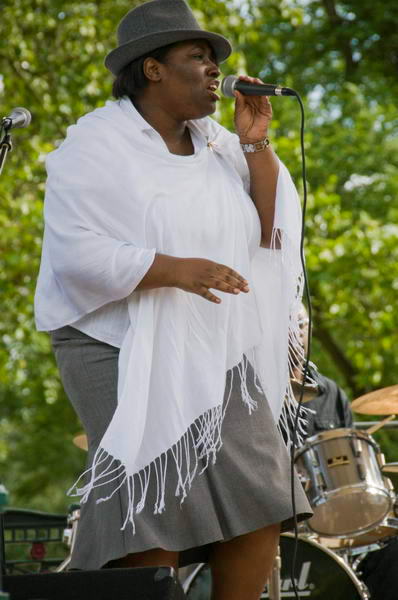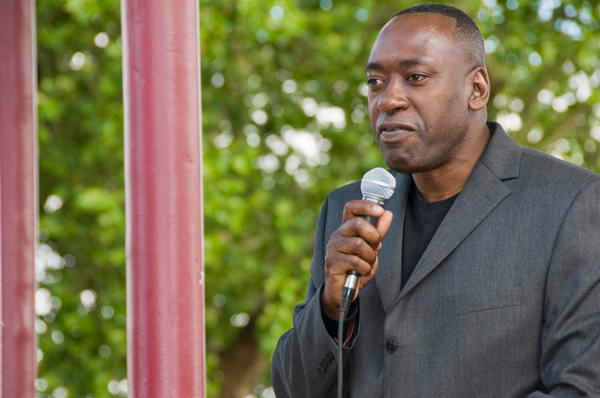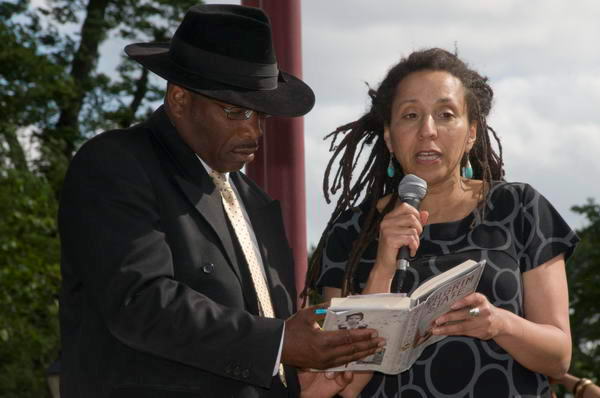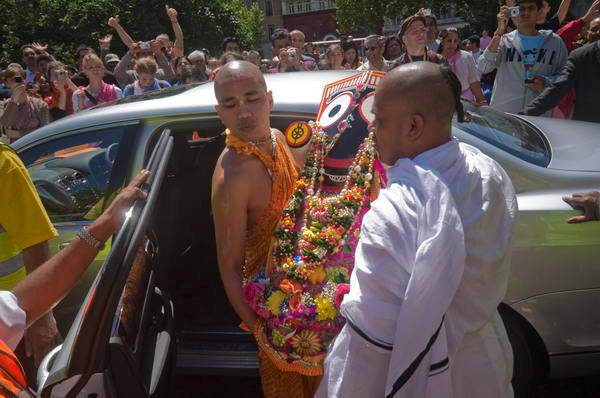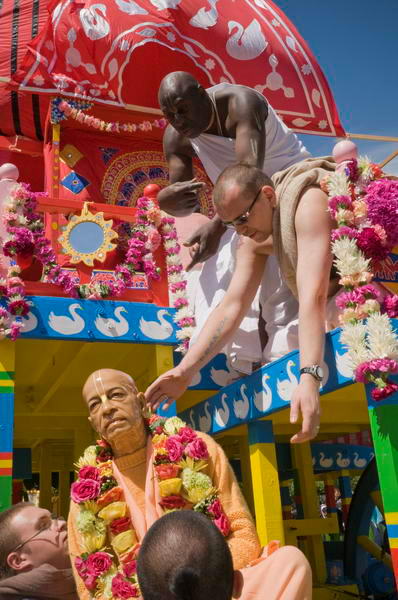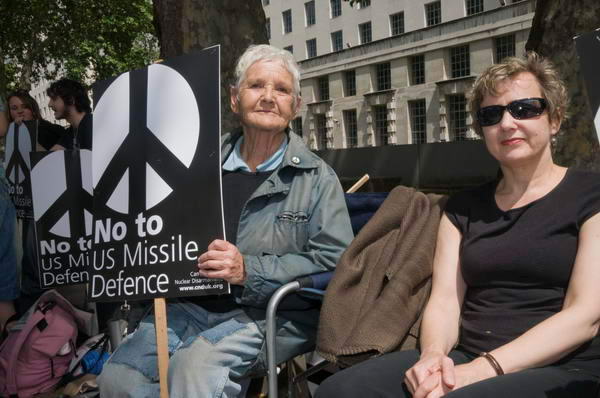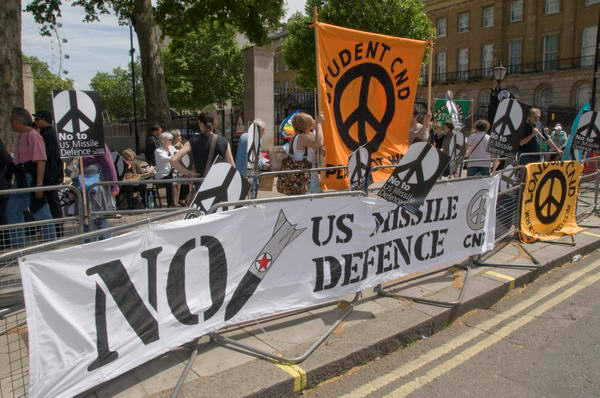Independent Living Ends, Robin Hood Gardens. On Tuesday 30th June 2015 I joined disabled people at Downing St marking the ending of the Independent Living Fund before going to Robin Hood Gardens, a brutalist estate in Poplar doomed for demolition.
DPAC’s ILF Closing Ceremony – Downing St to Old Palace Yard
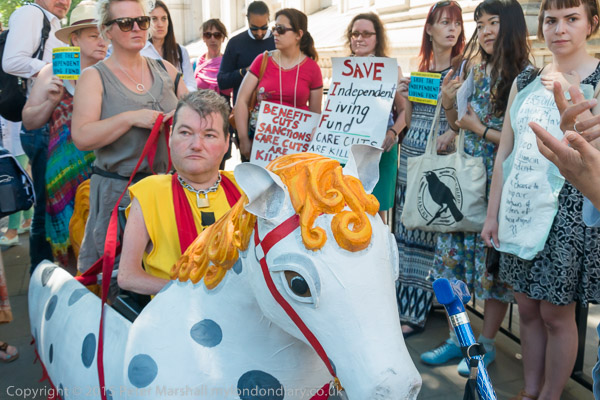
Disabled people and supporters of DPAC, Disabled People Against Cuts, met outside Downing St to bring a petition with over 25,000 signatures calling for a continuation of this essential support for the disabled.
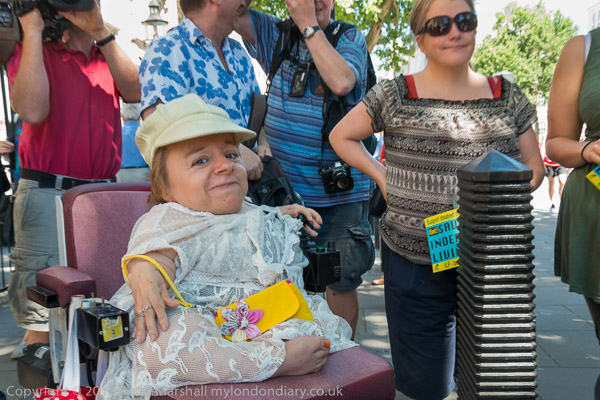
The Independent Living Fund which was coming to an end on that day had given them to money to employ support to enable them to live with dignity and for many to continue in work and make a contribution to society. Without it they fear they will simply be shut away and left to rot, many fearing they will now be left for many hours at a time in incontinence pads.
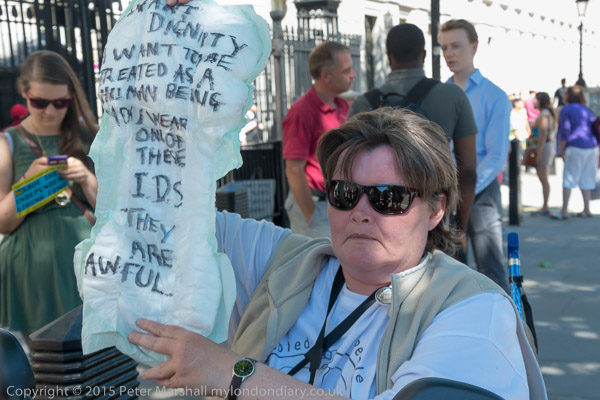
Outside the gates of Downing Street they wrote slogans on incontinence pads; Paula Peters of DPAC had a message for Iain Duncan Smith, then Secretary of State for Work and Pensions responsible for the ending of support, ‘I want dignity – I want to be treated as a human – You wear one of these I. D. S. They are awful’.
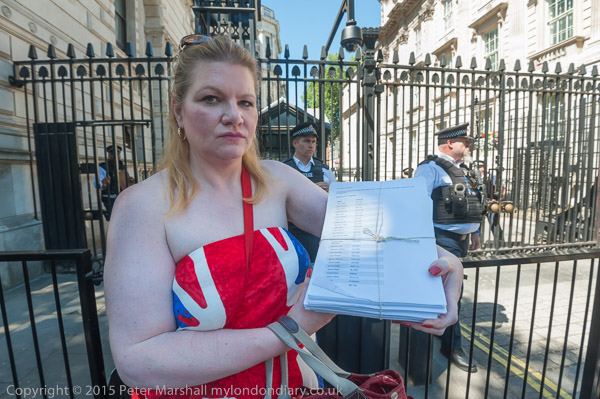
A campaigner dressed as Brittania was among those who had come to hand in the petition which had gained support from a video by the stars of Coronation Street and the Graeae Theatre Company’s 2014 UK Tour of The Threepenny Opera. One of those stars spoke in front of the gates of Downing Street.
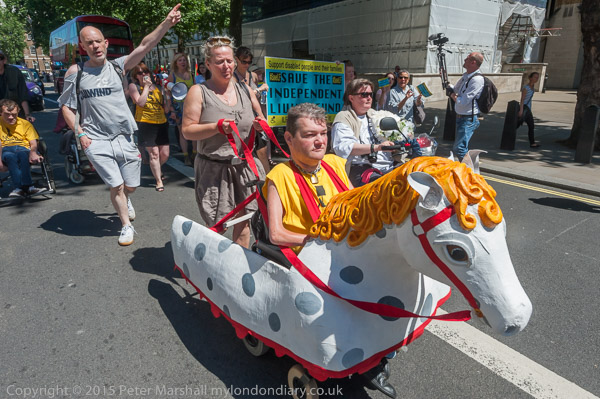
From Downing Street the campaigners marched the quarter mile or so to Old Palace Yard opposite the Houses of Parliament, led by John Kelly as Schimmel, the equine star and proud battle horse of the Threepenny Opera.
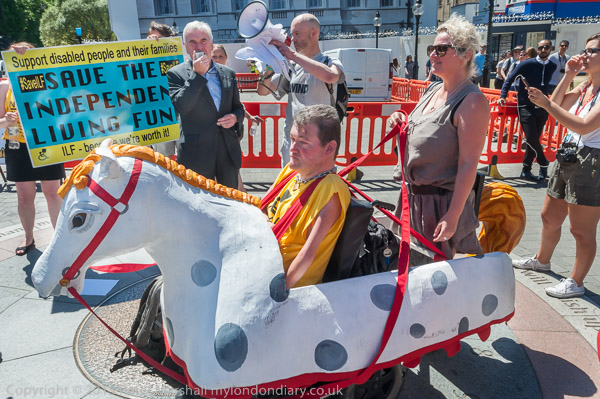
Here they were joined by others including Labour MP John McDonnell who spoke at the rally marking the end of the Independent Living Fund, at the end of which a wreath with the message’s ‘RIP ILF’ was laid.
Robin Hood Gardens – Poplar
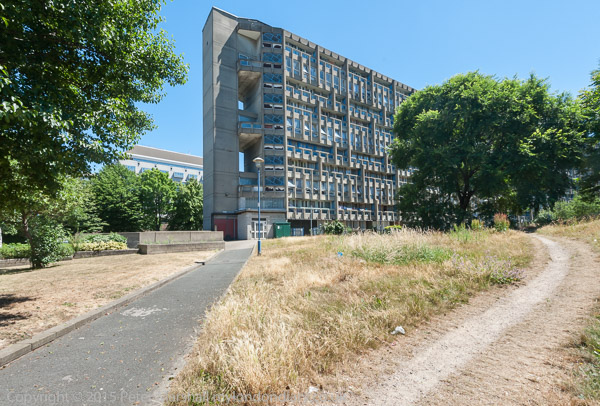
The ILF protest had ended a little before 1pm and it was a fine day and I decided to take another visit to Robin Hood Gardens in Poplar, where demolition had begun after the refusal to list the site. Listing had been recommended for listing by the advisory committee of English Heritage in 2009, but the then Minister of Culture Andy Burnham had issued a certificate of immunity against listing which expired in 2014.
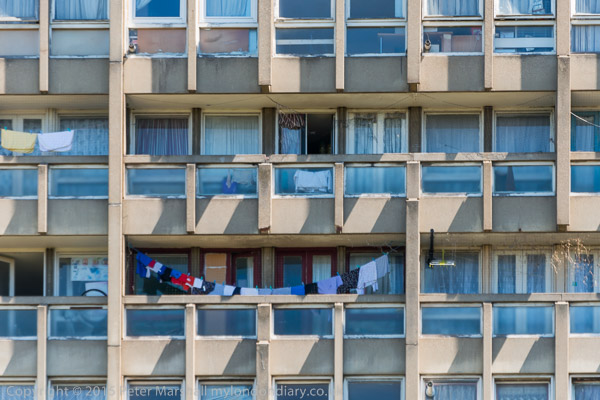
A further attempt was then made to have the site listed, supported by almost every well-known British architect, but Historic England, now responsible for listing buildings rejected this.
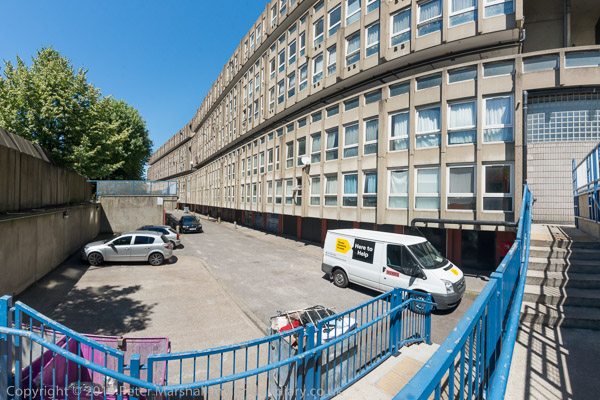
An open letter signed by many leading architects including Richard Rogers made clear the value of the site, and I quoted from this in My London Diary.
“The buildings, which offer generously sized flats that could be refurbished, are of outstanding architectural quality and significant historic interest, and public appreciation and understanding of the value of Modernist architecture has grown over the past five years, making the case for listing stronger than ever.”
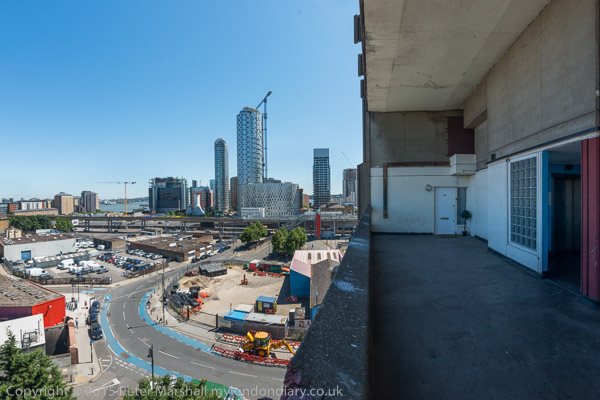
The refusal to list on both occasions was clearly a political one, almost certainly driven by the huge profits demolition and rebuilding on the site would make for the developers.

As with the award-winning Heygate Estate in Southwark, and the fine Central Hill Estate at Gypsy Hill, Lambeth, the local council, Tower Hamlets, was keen to get rid of the estate and had carried out what I described as “a well funded campaign of vilification“, seeing it “only as a large area with potential for redevelopment at a higher density“, working with “developers who see any area of social housing in London as rich pickings for redevelopment and sale to the rich.”
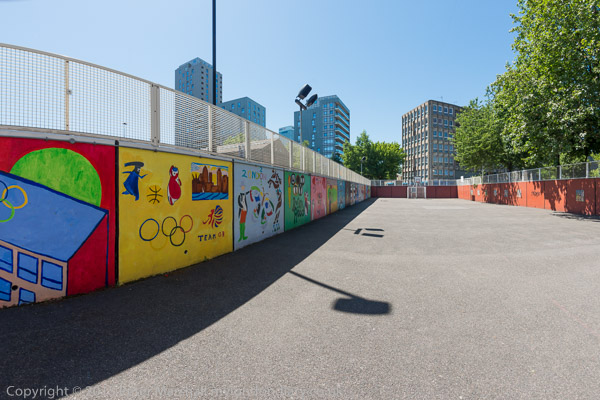
By the end of June 2015 most of the west block seemed empty and boarded up and I was unable to gain entry. But I could roam the large garden in the centre of the estate, now let to grow wild, and went inside the still occupied east block, going up to the highest public level, a ‘street in the sky’ built rather less wide than the architects had originally intended, overlooking the Blackwall Tunnel approach. From there I took a number of pictures of the views from the block looking towards the east.
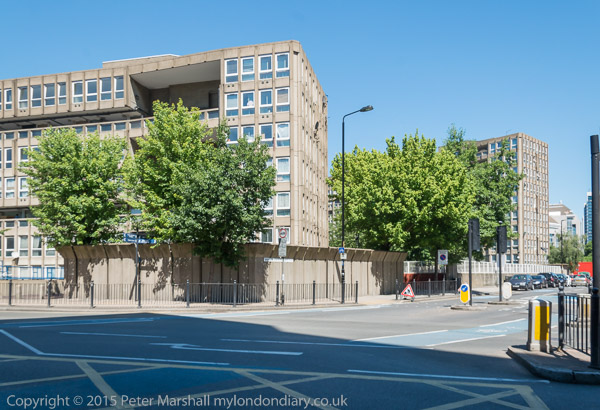
As on a couple of previous visits I talked briefly with some of the residents who all told me they were pleased to be living in the block and sad they would have to leave – though some did complain about the lifts (I think only one of the two at the entrance I went in was working.)
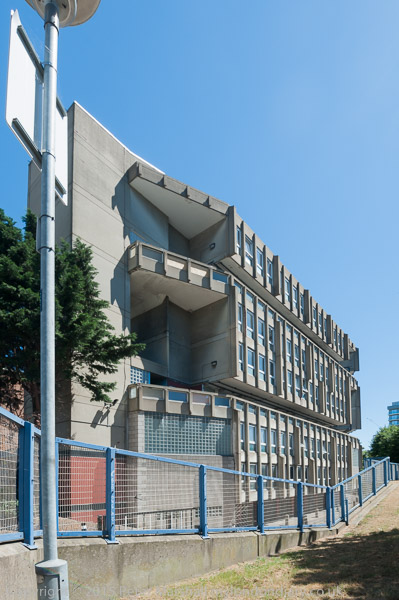
Knocking down buildings like these which are structurally in good condition is inexcusable in terms of the huge carbon footprint involved in their construction, demolition and rebuilding. The estate could and should have been refurbished at relatively low cost and would have continued to provide good quality homes for many years. Its replacements – the west section already built – are of lower quality and will almost certainly not last as long as this could have done. The advantage of their roughly three times higher density is at the expense of possible amenity.
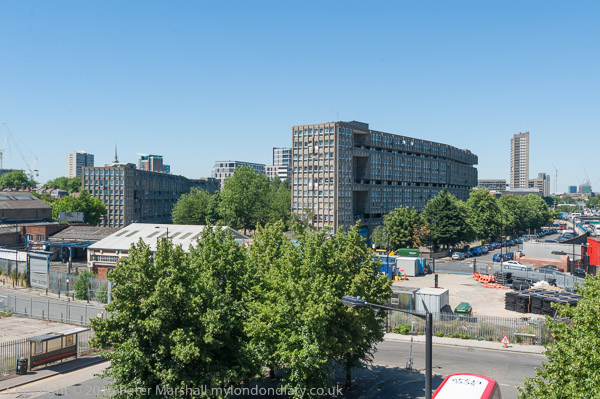
As well as walking in and around the estate I also took some pictures of it from the surrounding area, and some other pictures you can see on My London Diary, including a few when I stopped at Canning Town station and took a few pictures of people on the new footbridge across Bow Creek.







